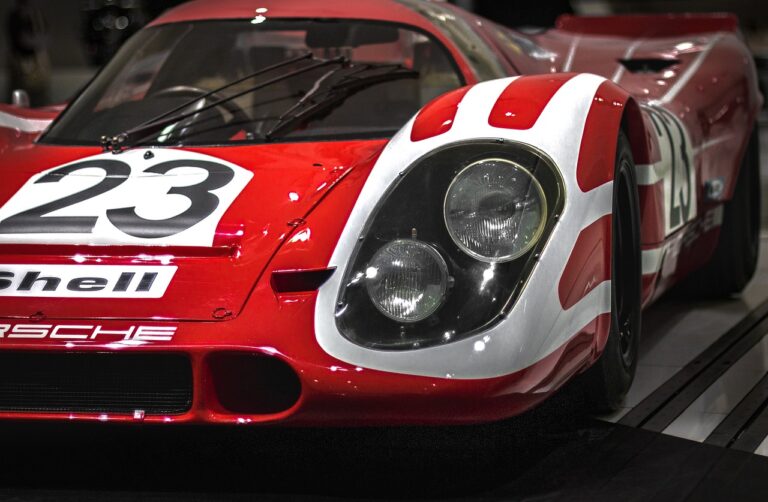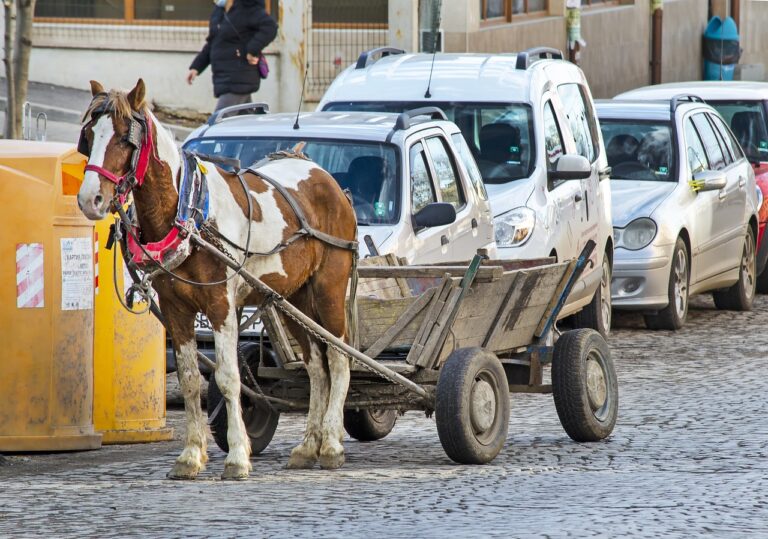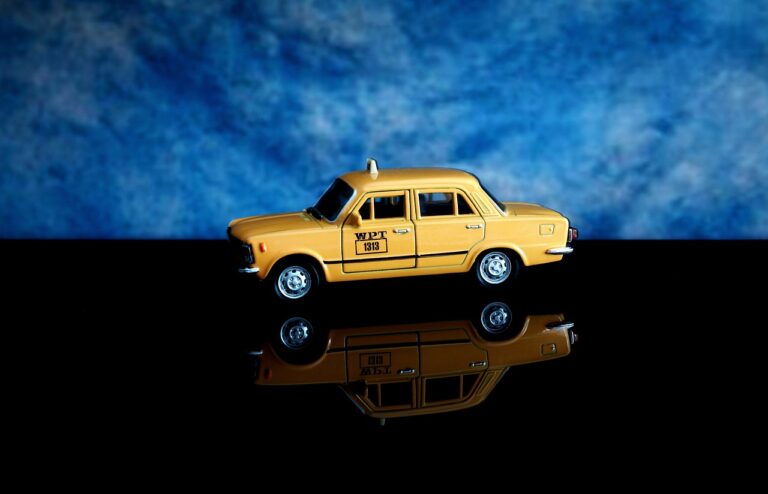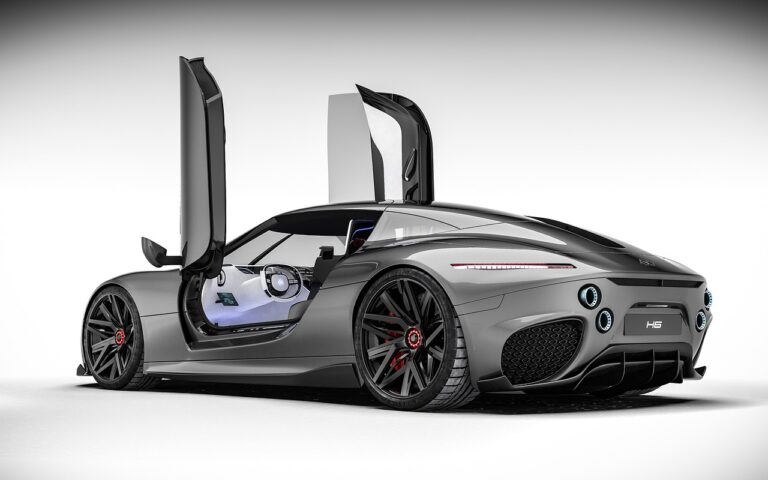The Future of Urban Transportation: Micro-Mobility Solutions vs. Traditional Cars
Urban transportation faces a myriad of challenges in today’s bustling cities. Congestion is a significant issue, leading to delays, frustration, and increased environmental pollution. Limited parking spaces further exacerbate the problem, forcing drivers to spend precious time searching for a spot, adding to the overall congestion on the roads.
Public transportation systems often struggle to meet the increasing demand, resulting in overcrowded buses and trains during peak hours. Inadequate infrastructure, such as poorly maintained roads and outdated subway systems, also play a role in the challenges of urban transportation. These factors combined make commuting a daily struggle for many city dwellers, highlighting the urgent need for innovative solutions to alleviate these issues.
Advantages of Micro-Mobility Solutions
Micro-mobility solutions, such as electric scooters and bike-sharing programs, offer a convenient and eco-friendly option for short-distance travel in urban areas. These modes of transportation help reduce traffic congestion and carbon emissions, contributing to a cleaner and more sustainable environment. Users can easily access micro-mobility options through mobile apps, making it a quick and efficient way to get around busy city streets.
Furthermore, micro-mobility solutions provide a cost-effective alternative to traditional forms of transportation, such as owning a car or taking a taxi. By opting for electric scooters or bike-sharing services, individuals can save money on fuel, parking fees, and maintenance costs associated with owning a vehicle. This affordability factor makes micro-mobility an attractive choice for people looking to streamline their transportation expenses while still enjoying the convenience of getting from one place to another swiftly.
Disadvantages of Traditional Cars
Traditional cars are known for their negative impacts on the environment due to their high levels of greenhouse gas emissions. The burning of fossil fuels in these vehicles releases harmful pollutants such as carbon dioxide, nitrogen oxides, and particulate matter, contributing to air pollution and climate change.
Another drawback of traditional cars is the heavy traffic congestion they cause in urban areas. The reliance on individual vehicles leads to overcrowded roads, longer commute times, and increased stress for commuters. This congestion not only affects the quality of life for residents but also hinders overall transportation efficiency in cities.
• Traditional cars emit high levels of greenhouse gases such as carbon dioxide
• Burning fossil fuels in these vehicles releases harmful pollutants like nitrogen oxides and particulate matter
• Contributes to air pollution and climate change
• Heavy traffic congestion in urban areas is a common drawback of traditional cars
• Overcrowded roads, longer commute times, and increased stress for commuters are the result
• Congestion affects quality of life for residents and hinders transportation efficiency
What are the challenges of urban transportation related to traditional cars?
Traditional cars contribute to traffic congestion, air pollution, and limited parking spaces in urban areas.
What are the advantages of micro-mobility solutions over traditional cars?
Micro-mobility solutions such as electric scooters and bikes are more environmentally friendly, cost-effective, and can navigate through crowded urban areas more easily.
What are some of the disadvantages of traditional cars?
Some disadvantages of traditional cars include high fuel consumption, greenhouse gas emissions, dependency on oil, and maintenance costs.
How do traditional cars impact the environment?
Traditional cars emit harmful pollutants such as carbon dioxide, nitrogen oxides, and particulate matter, contributing to air pollution and climate change.
Are there any alternatives to traditional cars for urban transportation?
Yes, micro-mobility solutions, public transportation, carpooling, and walking/cycling are some alternatives to traditional cars for urban transportation.







